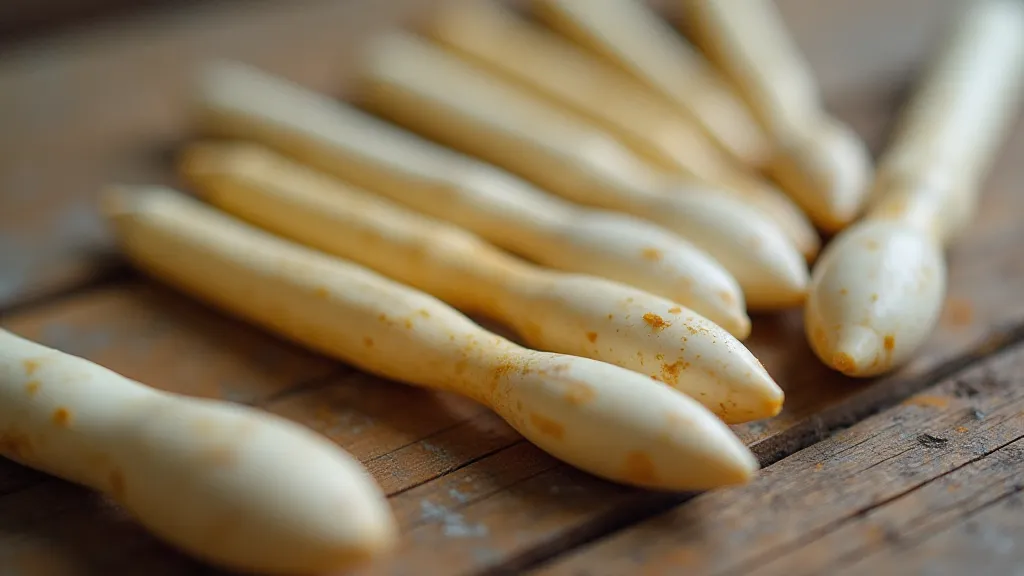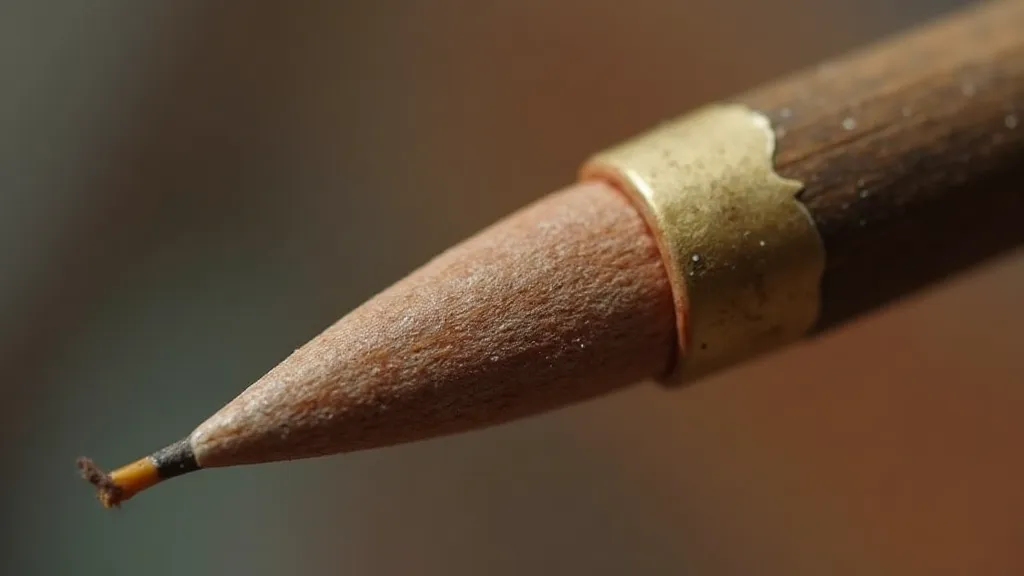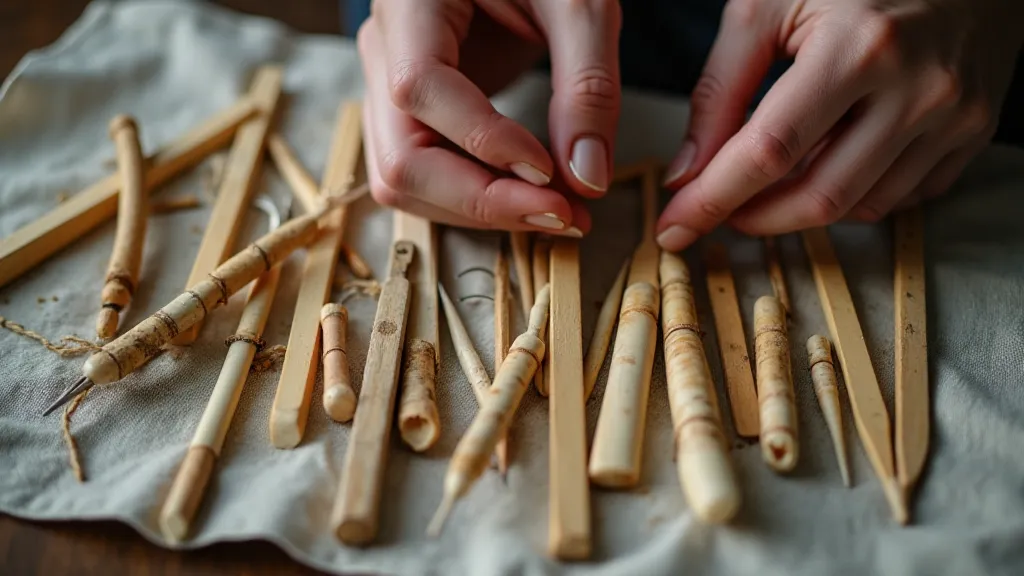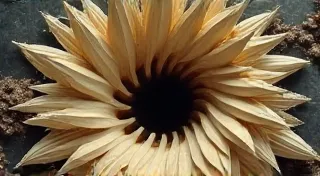The Silent Partnership: Needles and the Stories They Hold
They lie unassuming, often tucked away in dusty boxes or forgotten corners of antique shops. Knitting needles. Simple tools, yes, but also vessels – silent partners in narratives of resourcefulness, resilience, and shared human experience spanning generations. They’re more than just crafting tools; they are tangible links to the women (and men!) who knitted through hardship, celebrated milestones, and created warmth and beauty with thread and yarn.
My own connection to antique knitting needles began with my grandmother. I remember, as a child, watching her nimble fingers coax life into blankets, sweaters, and intricate lace, all guided by a set of bone needles worn smooth with years of use. They weren’t flashy; they weren’t new. They were simply *hers*, imbued with a quiet dignity and a weight of untold stories. It wasn't just the clicking sound of the needles that fascinated me; it was the feeling that I was witnessing something ancient and powerful.
Today, as I delve into the world of antique knitting needles, I'm not just cataloging materials and measurements; I'm piecing together fragments of those stories. Each needle whispers of a time when hand-crafting wasn’t a hobby, but a necessity – a way to clothe families, to create comforts, and to find solace in a world often marked by uncertainty.
Materials & Their Whispers of the Past
Identifying antique knitting needles begins, naturally, with understanding the materials they were made from. The choices weren’t always a matter of preference; they were dictated by availability and cost. Bone needles, particularly those made from animal bones like cow or sheep, were incredibly common, especially in the 18th and 19th centuries. The color varies depending on the animal and how the bone was treated – ranging from creamy white to a warm, earthy brown. The surface is often subtly textured, a testament to the bone's natural grain. These needles hold the echoes of farm life, of animal husbandry, and of a time when nothing was wasted.

Ivory needles, made from elephant tusks, were a luxury item, often passed down through families as treasured heirlooms. Their ivory surface possesses a beautiful warmth and subtle translucence. The scarcity of ivory today makes these needles particularly valuable, but their history is intertwined with a complex and sometimes troubling past. Wood was also used, most commonly hardwoods like ebony or rosewood. Wooden needles often exhibit signs of wear and tear, the grain of the wood subtly warped by years of handling. Metal needles – often steel or brass – became more prevalent in the 19th and 20th centuries, offering greater durability and consistency.
The condition of the needles is also a key indicator of their age. Older needles often bear marks of use – scratches, chips, and subtle discoloration from oils and dirt. These aren’t flaws; they’re signatures of a life well-lived, tangible evidence of the countless stitches they've guided.
Understanding Different Styles & Types
Beyond the materials, the style and construction of the needles themselves provide clues about their age and origin. Early knitting needles were often quite long and tapered, sometimes exceeding 14 inches in length. These were used with two-handed techniques, requiring greater strength and control. As knitting techniques evolved, needles became shorter and more slender, often with pointed tips.
Circular needles – those connected by a flexible cord – weren't widely used until the late 19th century. The earliest circular needles were often homemade, with needles wired together using strong thread or twine. Double-pointed needles, used for knitting in the round, have existed for centuries, but their design and construction have also changed over time. Look for hand-carved points or subtle irregularities that speak of a bygone era of craftsmanship.
Craftsmanship and the Human Touch
What truly distinguishes antique knitting needles isn’t just their age or material, but the evidence of human craftsmanship. Many antique needles were hand-turned on lathes, resulting in subtle asymmetries and irregularities that mass-produced needles simply lack. Examine the tip closely. Does it taper smoothly, or is there a slight wobble? Look for the mark of the turner's hand, the echo of a skill passed down through generations.

These imperfections aren’t defects; they’s a celebration of individuality. They tell a story of a time when objects were made with care and attention to detail, when the maker's hand was an integral part of the creation process. Collecting antique knitting needles isn't about acquiring pristine objects; it's about appreciating the history and artistry embodied within them.
Restoration and Preservation – A Gentle Approach
When dealing with antique knitting needles, preservation should always be the priority. Avoid harsh chemicals or abrasive cleaning methods that could damage the material or remove the patina of age. A gentle cleaning with a soft cloth and mild soap is often sufficient. For bone needles, a light application of beeswax or mineral oil can help to protect the surface and prevent cracking.
Resist the temptation to "restore" the needles to a pristine condition. The scratches, chips, and discoloration are all part of their story. They are the marks of time, the echoes of the hands that held them, and the memories they represent. The most rewarding aspect of collecting antique knitting needles isn't about owning perfect objects; it's about cherishing the imperfect beauty of the past, and the silent partnership they represent.

Each click, each stitch, resonates with the quiet strength and resilience of those who came before. These needles aren't just tools; they're storytellers, whispering tales of resourcefulness, creativity, and the enduring power of human connection.





